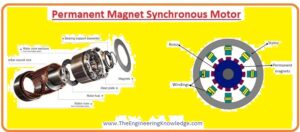 Hello, friends, I hope all of you are enjoying your life. In today’s tutorial, we will have a look at Permanent Magnet Synchronous Motor. In the electrical power system, there are numerous types of machines are used such as transformer, generator, and motor and there are subtypes of these motors and generators. Like induction motor synchronous motor, induction generator, induction motor and single phase induction motor and three-phase induction motor. All these types of motors and generators have their corresponding advantages, disadvantages, and applications in industries. Like a synchronous generator is mostly used in power generations system like in wind turbine synchronous generator is installed.
Hello, friends, I hope all of you are enjoying your life. In today’s tutorial, we will have a look at Permanent Magnet Synchronous Motor. In the electrical power system, there are numerous types of machines are used such as transformer, generator, and motor and there are subtypes of these motors and generators. Like induction motor synchronous motor, induction generator, induction motor and single phase induction motor and three-phase induction motor. All these types of motors and generators have their corresponding advantages, disadvantages, and applications in industries. Like a synchronous generator is mostly used in power generations system like in wind turbine synchronous generator is installed.
While the induction generator and motor are mostly used in industries. With the different applications of these machines, either generator and motors also have their physical construction different. In today’s post, we will have a look at the permanent magnet synchronous motor that is similar in working to the synchronous motor. But the main difference is that in synchronous motor the excitation is provided with the external dc source while in permanent magnet synchronous motor permanent magnet is used to provide excitation. In this article, we will discuss its working, structure, parts and some other related parameters. So let’s get started with the Permanent Magnet Synchronous Motor.
Permanent Magnet Synchronous Motor
- The permanent magnet synchronous motor is such a synchronous motor that used a permanent magnet for the production of the excitation field.
- This motor is also known as the brushless permanent sine wave motor. It so-called because it provides sine shape flux distribution in the air gap between stator and rotor. It also has a current waveform similar to the sine.
- In this motor like other ac motors, there are 3 windings are installed at the stator for three-phase input supply and a permanent magnet is attached at the rotor for excitation.
- In a normal synchronous motor, the at the rotor field windings are wound to provide field current while this phenomenon is done by the permanent magnet in PMSM.
- As in conventional motor, there are 2 supply sources are required first one is dc and the second in is AC while in permanent synchronous motor only one AC supply is needed.
- The absence of the separate dc source makes the circuit of this motor simple and less cost than a conventional synchronous motor.
Construction and Working of PMSM
- The permanent magnet synchronous motor and permanent magnet synchronous generator has alike features as a conventional synchronous motor and the synchronous generator has.
- But if we compare normal synchronous machines with the permanent magnet synchronous machine then we will see that the main difference among them is that in a permanent magnet motor and generator slip rings and field windings do not exist.
- In given below figure you can see that the internal structure of the permanent magnet synchronous motor.
- In the figure, you can see the static part of the motor called stator and soft steel is used to provide laminations.
- Numerous portions of the laminations are the teeth openings which comprise the armature windings.
- Yoke ends the magnetic track. The lamination width relies on the frequency of the input supply provided at the armature windings.
- The windings wound on the stator are duplex means in single slot have two coils and types of windings is lap.
- The windings wound on the stator of the motor are joined with one another to make phasor groups.
- Then these phasors groups are joined with one another to form the connection of windings in star form, delta, double phases or single-phase windings.
- To the reduction of harmonic voltages at the windings normally these windings are short-pitched with each other.
- There should be some insulation among the winding coils, phase groups and phase insulation that rely on the voltage ratings of the motor.
- The air gap among the rotor and the stator defines the operation point of the permanent magnet when the motor is working without the load.
- If the air gap is large then it will also decrease the windage losses of the permanent magnet motor.
- The poles formed by the permanent magnet in a motor is alike to the poles formed by the windings wound on the rotor.
- These poles of a permanent magnet are also salient and there is no cylinder-like arrangements are formed that exist in the normal synchronous motor.
- In the given figure, you can see the rotor of a permanent magnet motor.
Classification of PMSM with the Rotor Design
- There are 4 classifications of a motor with respect to rotor design that is listed here.
- Transverse Rotor
- Peripheral Rotor
- Interior Rotor
- Claw pole rotor
- Now we discuss these four rotors one by one.
Peripheral Rotor
- In this rotor configuration permanent magnet is located at the rotor’s periphery and flux produced by the magnet is like a radial line.
Interior Rotor:
- In this rotor design, the permanent magnet is positioned at the inner side of the rotor and flux produced by the magnet is also radial lines.
Claw pole Rotor
- The permanent magnet used in the motor is like the disc magnetized axially.
- Extended lenient (soft) iron extensions originate axially from the boundary of the discs like claw poles.
- A pair of alike spaced claws on every disc that substitute with one other creating alternating north and south poles.
Transverse rotor
- In this category of the rotor, the magnet is positioned among the poles created with the soft iron the flu of the magnet is circumferential.
- Magnetically this arrangement is similar to a reluctance rotor, subsequently, the permeability of the permanent magnet is very less, equal to the insulators. Consequently, reluctance torque, as well as torque resultant from the permanent magnet flux, is established.
So that is the complete tutorial on the permanent magnet synchronous motor, in this article, I have mentioned every aspect related to the permanent magnet synchronous motor. If you have any questions about the motor ask in comments. see you in the next tutorial. Thanks for reading.


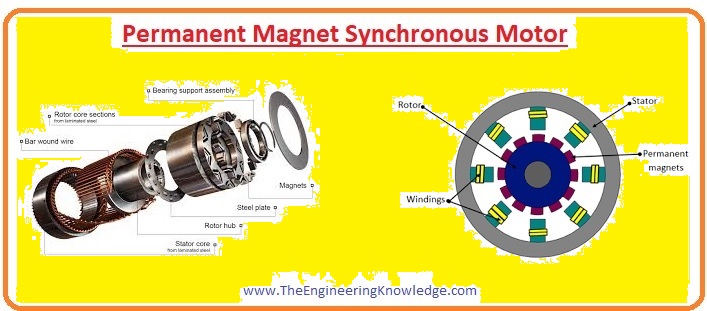
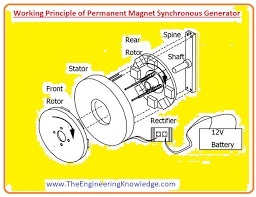
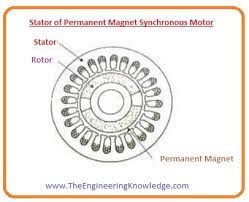
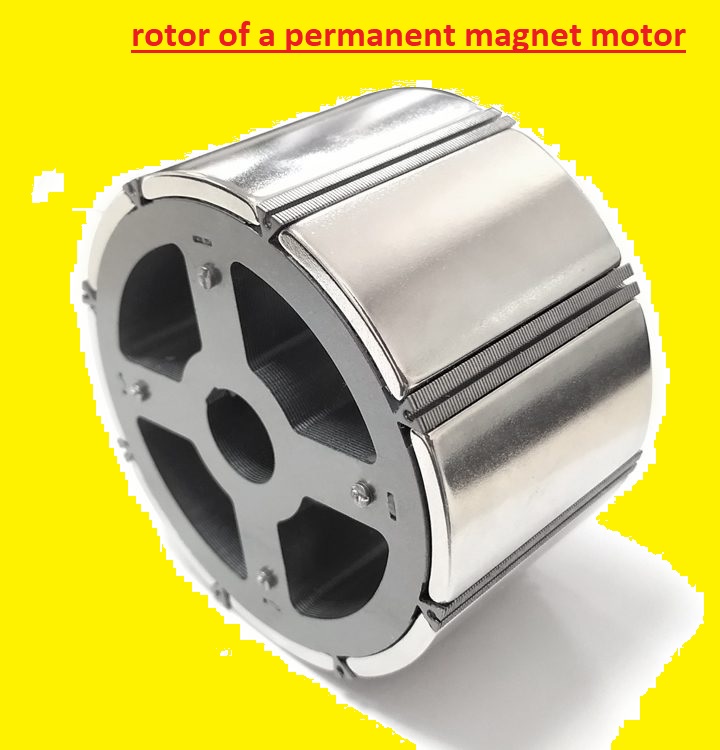






It’s an awesome article designed for all the online people; they will obtain benefit from it I am sure.
I’m not that much of a internet reader to be honest but your blogs really nice, keep it up! I’ll go ahead and bookmark your website to come back later. All the best
I used to be suggested this website by way of my cousin. I am now
not certain whether this put up is written by him as no one else recognise such precise about my trouble.
You are incredible! Thanks!